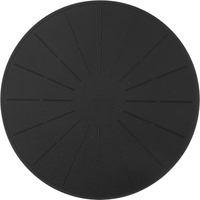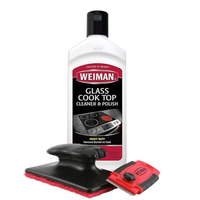Is it safe to use induction cooktop protectors? We asked the experts
They could slow down your cooking
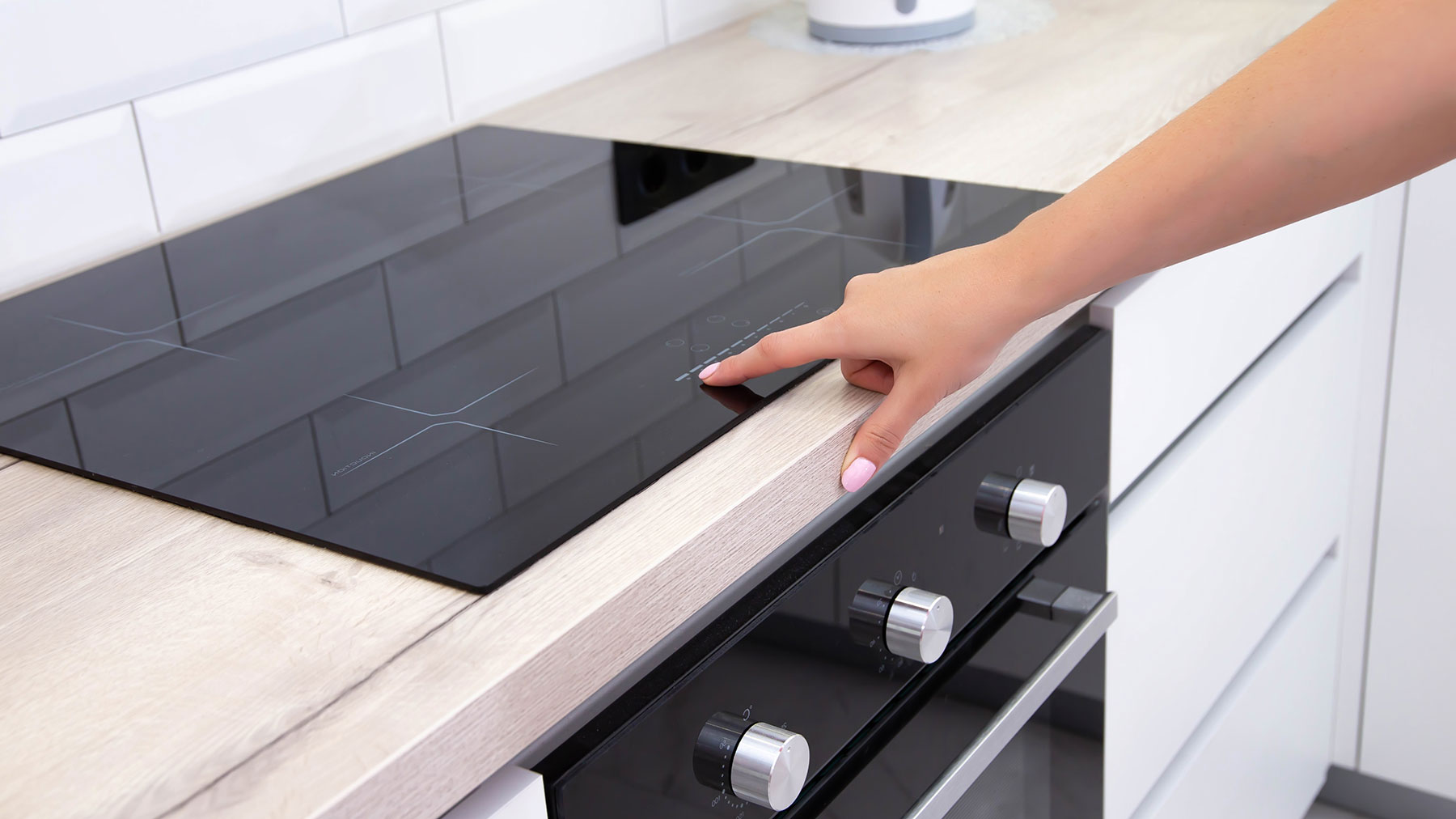
Induction cooktops are increasing in popularity thanks to their speed, energy efficiency, and precise temperature control. Performance aside, these flat glass-ceramic cooktops offer a sleek contemporary look that’s uncluttered, and easy to wipe clean.
If you’ve ever had to clean spillages from a gas range you’ll most likely understand the appeal of a flat easy-clean surface. However, the downside is that they can get scratched and scuffed over time, which will ruin that flawless look.
Cooktop protectors are widely available to help prolong that shiny new appearance. These thin mesh protectors sit between your cookware and the cooktop to protect the smooth glass surface from scratches, spills, and burnt-on food.
They’re usually made of silicone, but this varies across the manufacturers. And while most brands claim they won’t impact performance, we asked the experts to find out what the makers of induction cooktops actually recommend.
What is an induction cooktop and why might you want to protect it
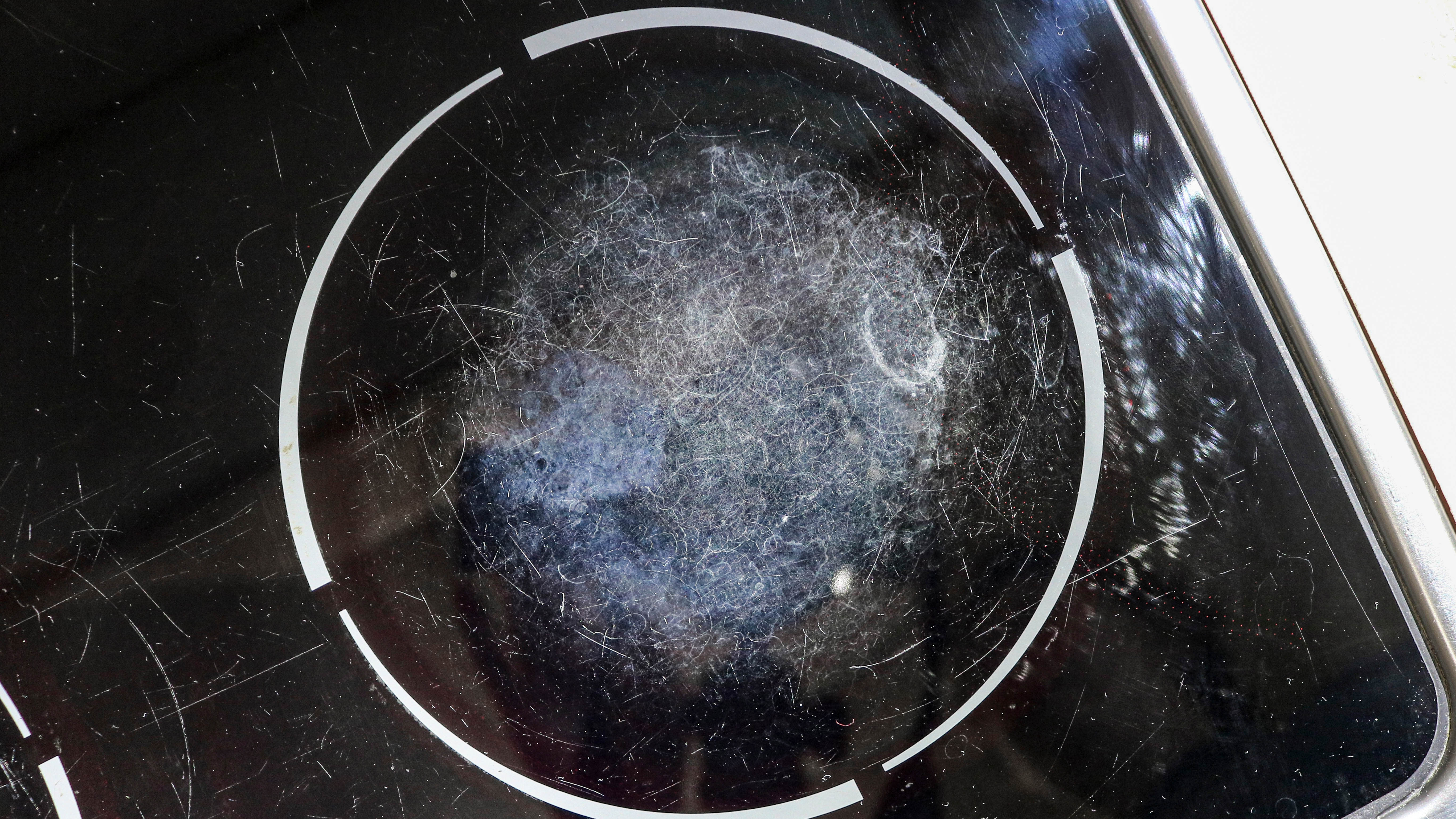
Induction cooktops are very well designed appliances that use an electromagnetic field to conduct heat directly into your cookware, thereby bypassing the need to heat up the cooktop itself. They’re highly efficient and can heat up very fast, yet still provide very precise temperature control that’s unrivaled in any other type of electric range.
The surface of an induction cooktop essentially looks like a flat piece of glass. However, it’s actually made from a glass-ceramic which is far more durable than a standard sheet of glass.
Nevertheless, it is possible to scratch, scuff or mark these cooktops if you don’t pay attention to some of the basic rules of how to care for, and protect an induction cooktop - more on this later.
Sign up to get the BEST of Tom's Guide direct to your inbox.
Get instant access to breaking news, the hottest reviews, great deals and helpful tips.
For many people a big part of the appeal of induction is in the sleek and streamlined finish. So it’s therefore not surprising that some are drawn to cooktop protectors to ensure the surface stays looking as good as new.
What the experts say about cooktop protectors
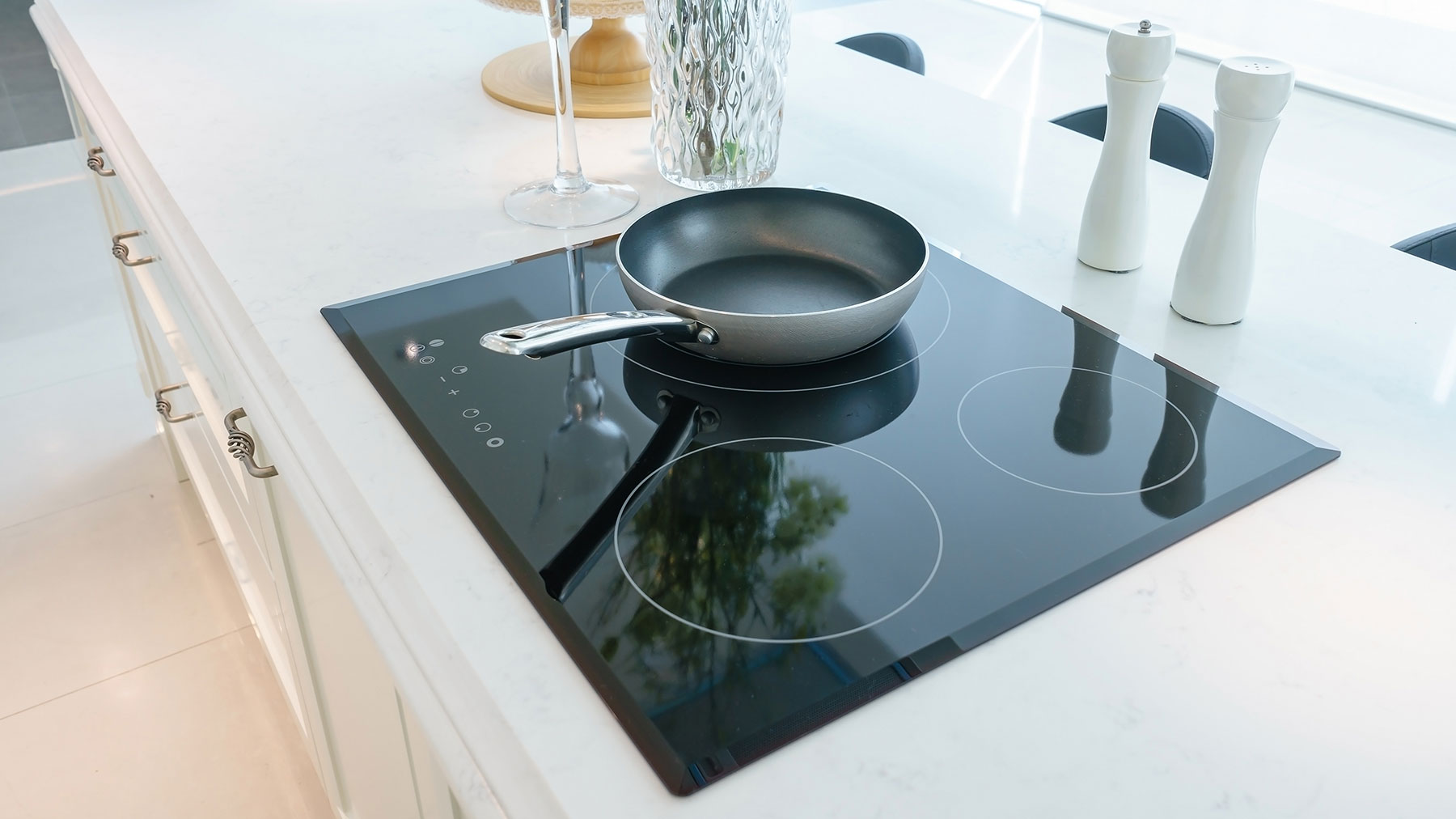
There are positives and negatives to using cooktop protectors and the experts were somewhat divided in the advice they gave to me. The premium appliance brand Miele manufactures a lot of induction cooktops. The brands Product Trainer, Tom Akers said "Providing that the device used is designed to work with an induction cooktop (i.e. is heatproof), then these are safe to use.”
Since safety around cooktops is one of the most important considerations, this is great news. If you really want to use a cooktop protector, knowing that it won’t cause any safety issues is a huge plus point.
Lazy K Induction Cooktop Mat: $21.99 @ Amazon
We've not tested this, or any, cooktop mats, but the Lazy K has nearly 2,000 positive Amazon reviews. Users say that it's a lot easier to use than other protectors, and it has kept their cooktops looking clean and scratch-free for years.
However this is assuming you buy your cooktop protector from a reputable source to ensure that it’s good quality, fully heatproof, and therefore up to the job.
Tom Akers from Miele wasn’t fully advocating the use of cooktop protectors though, he went on to say that “the only consideration to take into account is that placing a sheet between the pan and cooktop surface may reduce the overall speed and effectiveness of the cooktop"
And he wasn’t the only expert concerned about these protectors impacting performance. Sangharsha Karki, Product Manager of Surface Cooking at BSH Home Appliances, the company behind brands including Bosch, Neff, and Siemens, told me that “induction cooktops are designed with specific performance standards in mind, and untested accessories such as protectors could interfere with these standards”
So the takeaway seems to be that while a good quality heatproof cooktop protector probably isn’t a safety concern. It could still impact the performance and effectiveness of the cooktop. And given that one of the reasons to invest in induction in the first place, is for the outstanding performance, it seems counterintuitive to then use it with a product that could lead to suboptimal performance.
How to protect your induction cooktop
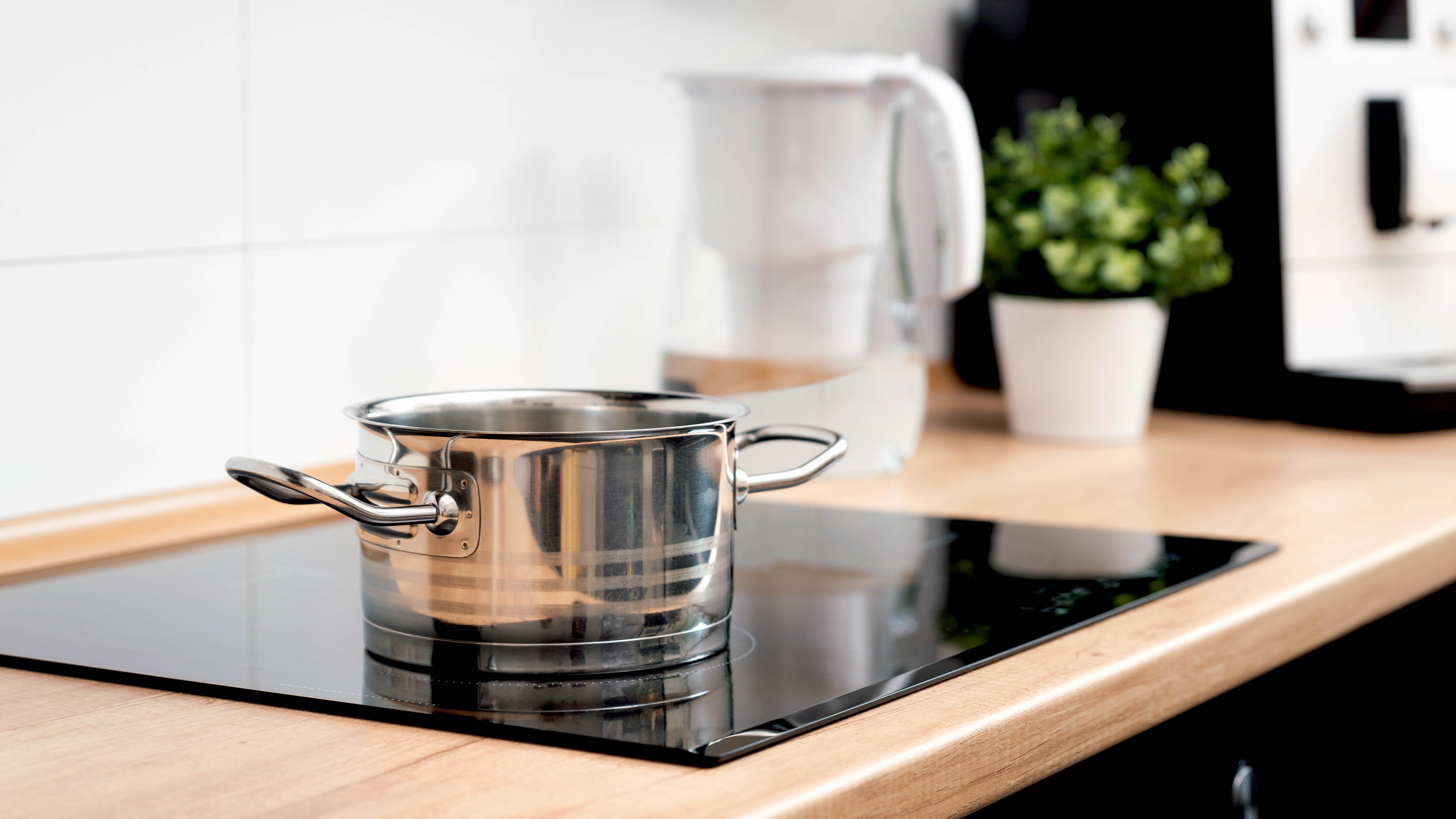
So if you decide in favor of top performance over protecting your cooktop, what do the experts advise is the best way to protect the glass surface and keep it at its best?
Sangharsha Karki from BSH Home Appliances gave me this advice; “To avoid scratches, wipe the base of the pans to remove any dirt or debris that might cause scratches when the pans are moved” and went on to recommend “lifting the pans instead of sliding them to prevent direct friction between the pan and the cooktop surface, which can lead to scratches.”
Further to this, Lucy Dunstan, Product Manager at Smeg suggests “users have to make sure that the bottom of their pan is smooth”. So if you’ve just invested in an induction cooktop and plan to use your old cookware on it, it’s worth checking the bases of your pots first. If you’ve been using them on a gas range previously, or if the cookware is particularly old, the bases could be warped or pitted in a manner that may scratch the new glass cooktop.
Lucy adds that you should always check “that the glass top of the cooktop is clean” and agrees with Sangharsha that “users should lift and move the pan rather than slide it across the glass.” Which means if you want to shake the contents of a pan during cooking, lift it first.
Keeping your induction cooktop clean
Since keeping it clean is an important part of protecting it, Sangharsha Karki, from BSH Home Appliances gave us the brand's advice on how to clean induction cooktops.
“Keeping the cooktop surface clean shouldn’t be difficult if you use the right cleaning agents.
Before starting to clean any spillage, make sure that the cooktop is switched off and that it is cool.”
You really don’t need to invest in any special cleaning sprays, as Sangharsha explains “Take care not to scratch the cooktop surface by using only non-abrasive cleaning agents. Clean the cooktop initially with dish washing liquid and a soft sponge.”
Weiman Cooktop and Stove Top Cleaner Kit: $19.98 @ Amazon
This complete cleaning kit comes with a scraper, reusable scrub pad holder and Weiman's streak-free, non-abrasive glass cooktop cleaner. With an average rating of 4.6 stars out of nearly 80,000 reviews on Amazon, it's a customer favorite.
Many induction cooktops are supplied with a tool for removing tougher, more problematic burnt on stains, which is why Sangharsha suggests “to remove burnt-on deposits and tough dirt spots, use the glass scraper provided in the maintenance pack.”
However, if yours didn’t come with a cleaning tool, these are available from multiple sources online, but I’d suggest you take care to buy a good quality tool from a reputable source. Remember, you want this scraper to remove dirt efficiently, not add scratches to the surface of the cooktop.
In summary, by taking a little care in both the way you use the cooktop as well as the way you clean it, it shouldn’t be difficult to keep your induction cooktop looking pristine. However, if you still want to use induction cooktop protectors, you can do so without safety concerns. But not without a potential impact on the overall cooktop performance.
More from Tom's Guide
Helen started reviewing home and kitchen appliances in 2007 at the Good Housekeeping Institute and has never looked back. She’s now freelance and reviews all sorts of appliances from her home in a pretty village in the UK. Despite having reviewed hundreds of coffee machines in her time, she’s only recently developed a love for coffee and a daily coffee habit, which makes tasting all those coffees much more enjoyable!
